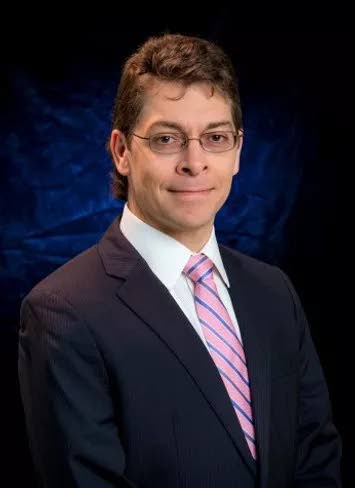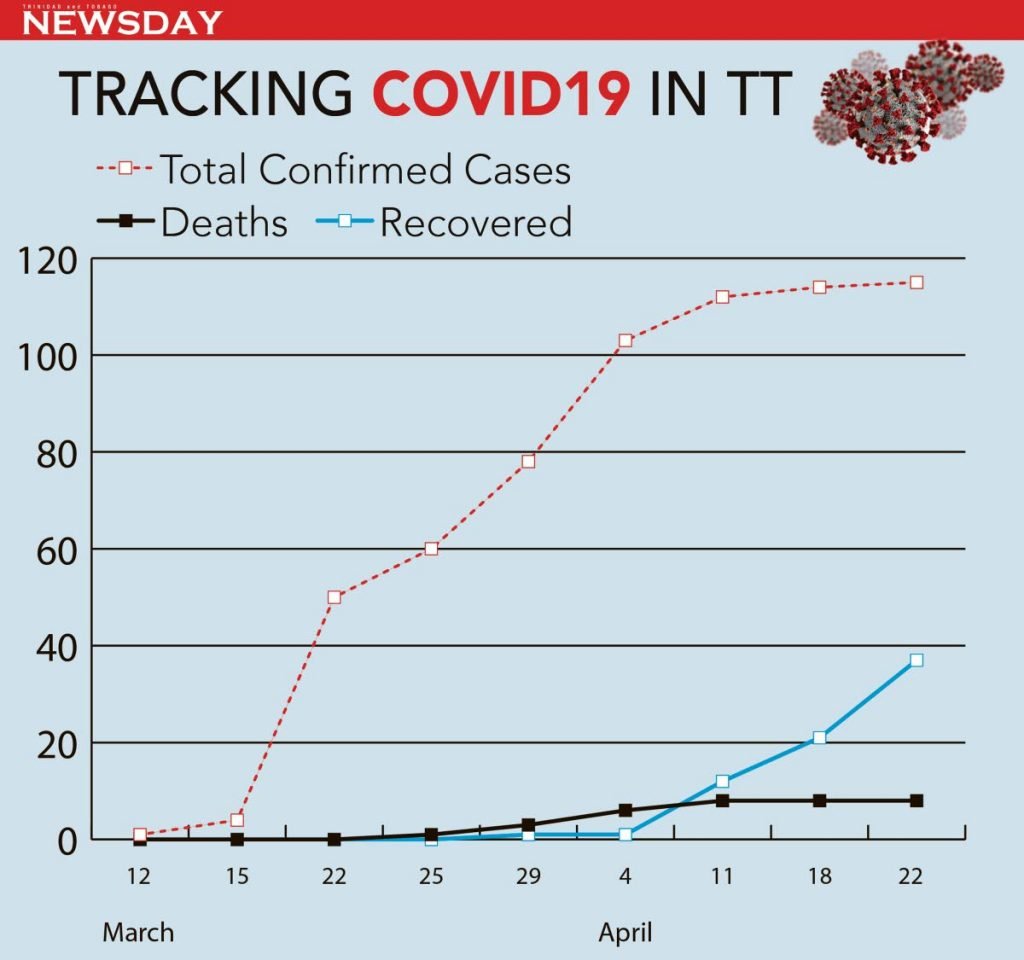Supermodelers

Actuaries measure risk for a living. Usually they work in insurance or banking, working out complicated mathematical formulas on pension plans or the likelihood and cost of illness, natural disasters, car accidents or even death.
But for the last few weeks, since the covid19 pandemic took hold in the region, members of the Caribbean Actuarial Association (CAA) have volunteered their super maths skills to health ministries to work out epidemiological models to help track and forecast the novel coronavirus’ spread throughout the region.
“The CAA is assisting the Ministry of Health with data visualisation and predictive modelling in order to help support government decision making,” president of the association, Kyle Rudden, told Business Day.
There are lots of volunteers, including statisticians, who are doing their part to mitigate the spread of the disease. “The government reached out to experts. (Their) systems have been blown out by demand, so we’ve come out to help them. We might not know a virus from one way or the other, but we are skilled in modelling.”
So far, the teams have developed data visualisation tools to be used to detect and communicate trends in the progression of the pandemic in TT. The team is also assisting the Epidemiology Division with the mathematical models they use to analyse the transmission dynamics and assess various control strategies. In short, these are the guys who are plotting that curve the rest of us are trying to flatten by staying home.
“We can provide ‘what if’ scenarios. So, what would happen if I were to relax social distancing by 50 per cent. How does that look? There’s a significant social cost, of course, so if you were a government you might be interested in that,” Rudden said.
What governments are trying to do is not overrun the health system. “Otherwise, you will get people who might die who didn’t have to. And then there are unfortunately people who get covid19 and even if they get medical intervention, they might still die. But there are those who will get it and survive. The challenge then becomes isolation until we get a vaccine.”
There are other challenges. For example, having a data set big enough to run the models through. “From a technical perspective the challenge is all of the Caribbean territories (have) gone into lockdown and seem (to have) to a great or lesser extent controlled the spread.
So, what do you do then? One option is using international data and refining it so it is more suitable for TT and the Caribbean, putting in region-specific parameters. “I think the general issue is that the international studies are designed for big international players. No one has any data in pandemic spread in small tropical islands because there hasn’t been any yet… We don’t actually have enough cases in the English-speaking Caribbean to actually use information we have on a statistical basis.”
Graphs in other countries usually start at 100 cases and 25 deaths, for example. In TT, there have been 115 confirmed cases and eight deaths, however, out of those cases, 51 are outliers because they were all passengers recently returning from a cruise where there were confirmed infections.

A model is a tool, Rudden explained, and modellers have to make certain assumptions – the number of undetected asymptomatic people or the reproduction rate of the virus, for example – as well as patterns in Trinidad, like the rate of spread, mortality by age, and so on. They also have to project for the number of cases that might need specialised care, including ventilators and hospital beds.
And he admitted, sometimes the data is new to him too. “I didn’t know about R0 before covid19,” he quipped. (R0 in epidemiology is number of infections estimated to spread from one case in a population where everyone is assumed to be susceptible – that is, no natural immunity or vaccine. It’s an important figure, especially in a pandemic like covid19 where the virus is new to humans.)
The greatest mortality is elderly or people with pre-existing (co-morbidity) conditions, like high blood pressure or diabetes. “There’s a high prevalence of that in TT. So if we are looking at foreign cases and we adjust it for co-morbidity in the Caribbean and TT, what might we see?” Rudden said.
He prefers to use data from South Korea or Iceland, he said, because that’s where they do a lot of testing.
For him, models and facts and data are also a concrete way to dispel rumours and misinformation that might get people unreasonably frightened.
Models may be explanatory in that they can help the epidemiologists to understand the factors impacting the progression of the outbreak, he said. If adequate data is available these mathematical models can also be predictive of a plausible range of outcomes. The reliability of the range depends on many factors – the extent to which the mathematics of the model reflects the underlying dynamics of the epidemic and the quantity and quality of existing data on the epidemic.
“As you would have seen from the international news, as more information comes in, (countries) have been adjusting their projections significantly. Better data improves the reliability of the assumptions made.”


Comments
"Supermodelers"